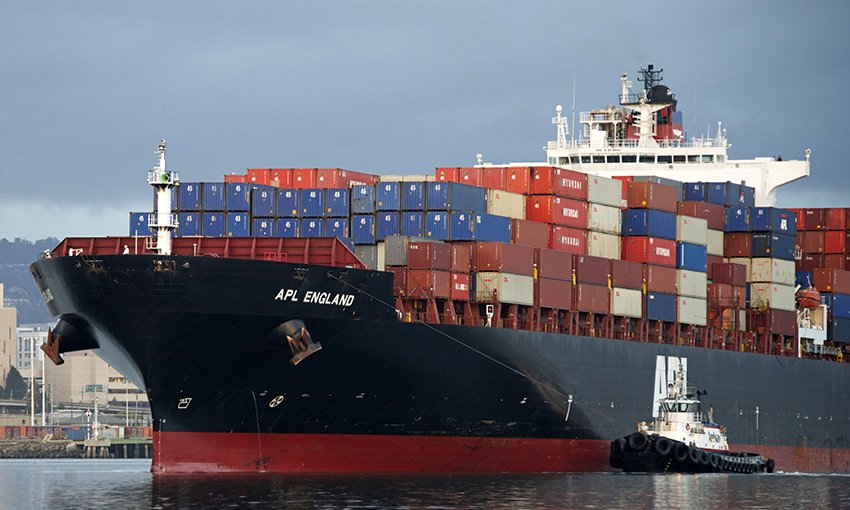Cargo owners
The importance of the contractual chain and your contractual documents is key here.
The listed shipper and/or listed consignee on the ocean bill of lading are the parties who the relevant ocean carrier will advise about the status of their cargo. Vessel operators who are consortia partners (COSCO and OOCL) and third party vessel operators may also have cargo on this vessel which will have issued their own ocean bill. If you are a declared agent, you may instead be notified.
If either the listed shipper or listed consignee is a freight forwarder who has issued their own house bill the contractual chain will continue. Given the ship is anticipated to berth on Wednesday afternoon / evening, it is unknown the timeline for when cargo interests will be advised if and how their cargo has been affected.
The best practice in this situation is to gather up all relevant documentation for each container on board in preparation for the worst-case scenario. Documents including:
- Marine insurance policy
- Ocean Bill of Lading (including the terms and conditions on the back)
- Freight forwarder house bill (including the terms and conditions on the back)
- Commercial contracts setting out delivery time frames for this specific cargo
- Sales and purchasing contracts (including identifying which incoterms, if any, apply)
- Invoices
Note: This is a great opportunity to see if your marine insurance coverage matches your incoterms.
Cargo owner – container overboard
If your container is overboard your supply chain has been broken. You will need to notify your insurer (if you have one) to start the claim process. This is where gathering your documentation early will have paid off. If your cargo was destined to fulfil commercial contracts you will need to discuss any exposure and recovery with your marine insurer. Once/if your container is salvaged more steps may need to be taken which your cargo insurer will assist with.

Cargo owner – cargo damaged
If your cargo in on board but damaged, your supply chain has been bent, and possibly broken. The nature of the cargo and the extent of the damage will determine whether cross loading into a new container is appropriate to continue to the intended destination or whether the voyage will be terminated. A qualified marine surveyor and your insurers can assist with this process. Remember – you have a duty to mitigate any losses that you have incurred and therefore you may not be able to simply throw out the whole container and ask your ocean carrier for a cheque.
Cargo owner – cargo physically unaffected
If your cargo is on board, but physically not damaged, you still need to be vigilant about delays. Due to any investigation by relevant authorities and any ongoing vessel issues, the original schedule will be impacted. If the vessel is unable to sail your cargo may be transferred onto another vessel, or the voyage terminated (meaning your cargo is left in Brisbane).
Delay is a key issue for cargo owners who have:
- Time sensitive cargo (e.g. chilled reefer or short shelf life) which may not be robust enough when dealing with delay
- Contractual deadlines to fulfil large commercial contracts with consequences (e.g. breach).
Final takeaways to remember:
- Ocean carriers can limit their liability via their bill of lading terms and conditions
- Freight forwarders can limit their liability via their terms and conditions
- Marine insurance does not automatically cover all issues and pay all costs
- You have a positive obligation to mitigate damage where possible (including making timely decisions)
Note: This is general information only and not intended to be relied upon as legal advice. Contact your lawyer for specific legal advice relevant to your situation.
Alison Cusack is the principal lawyer with maritime law firm Cusack & Co

